Elmgreen & Dragset's retrospective at the National Gallery of Denmark explores loneliness and solitude in contemporary culture
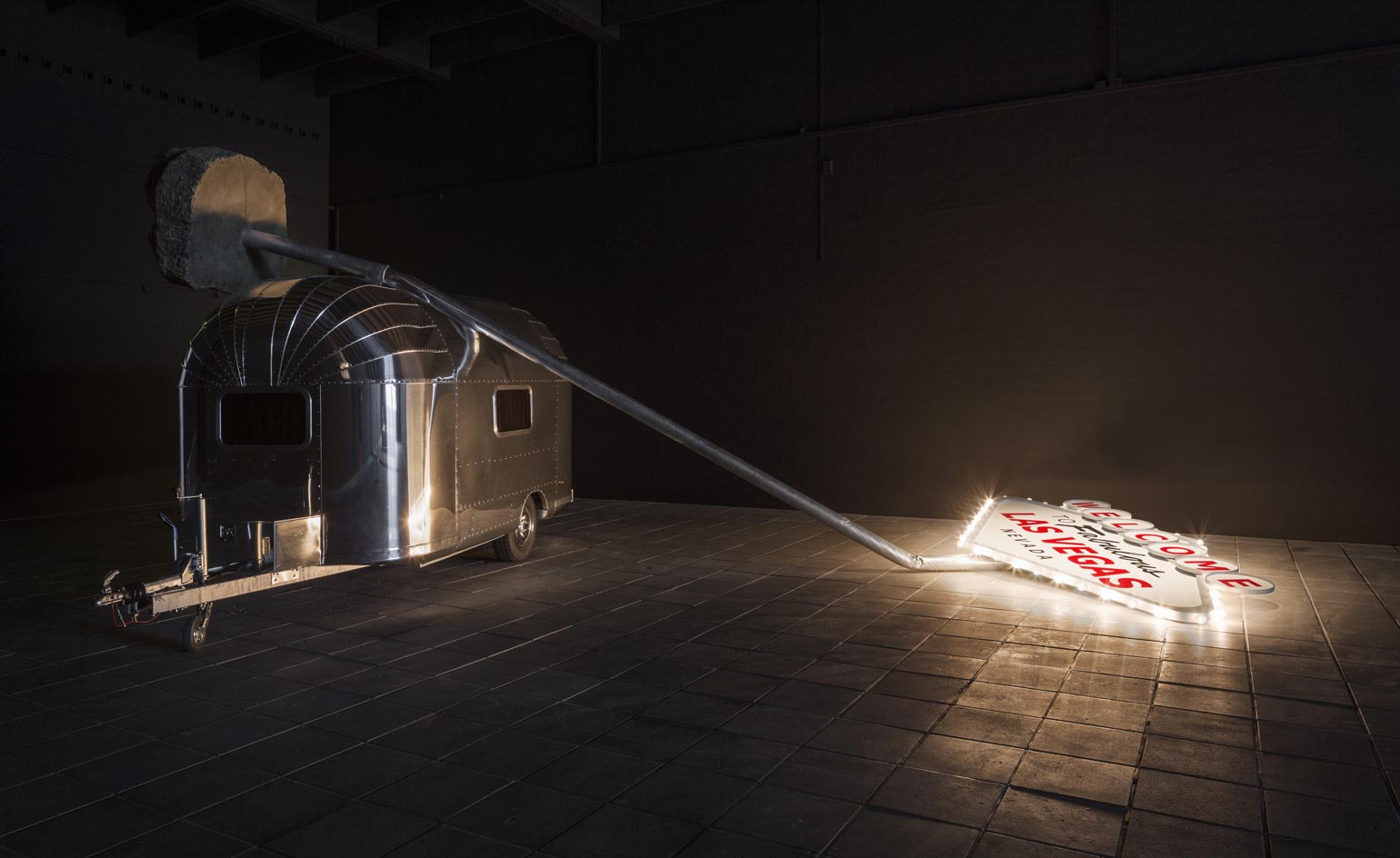
The question that most visitors will ask of 'Biography', the retrospective of Scandinavian artists Elmgreen & Dragset at the National Gallery of Denmark, is: 'Whose biography?' To which, the one-time Wallpaper* guest editors Michael Elmgreen and Ingar Dragset respond: 'It's yours.'
That is to say, the characters that Elmgreen and Dragset have planted within their dystopian interiors - an innocent-but-damned baby, a forlorn teen in a hoodie, a body drowned in a concrete swimming pool - are alter egos for all of us. 'Every figure has a little of us in him,' says Elmgreen, 'our worries, our phobias, our desires. We invent them in order not to become them.' Yet the burning question really should be, 'What kind of a life is it anyway?'
From the moment you mount the classical white staircase of the museum, near the botanical gardens in central Copenhagen, you're faced with a 'sad, grey, concrete' façade, the duo's mock-up of a social housing block, with peek-a-boo windows into cramped, charmless rooms. You see one resident watching X-Factor on a loop, another collapsed on the sofa while his computer displays messages from a gay chatroom. There are rooms furnished entirely with IKEA products, and a dog-eared manual for quitting smoking.
This is a community of people with no community, excluded from society, living vicariously through celebrities and social networks. And who can blame them, ask the artists. 'We're showing how people survive, how they escape reality by watching talent shows or singing karaoke,' they say. 'This is what makes life bearable in such a place.'
If there is a common thread running through the exhibition, dating back some 20 years to their rawest expressions of futility, it's exclusion. The most common motif is the roadblock: the sealed door, the crumbling staircase, the empty waiting rooms with nobody to call your number. They are no different in theory from the human figures, who look away blankly, excluding the viewer while being excluded themselves.
In part it's a reaction against contemporary art, much of it buffed to a shine and saturated with colour. 'Loneliness and solitude are not often depicted nowadays,' says Elmgreen. 'There's too much culture today that tries to please its audience. But the exclusion of this sadness from artwork functions like denial.'
Of course, ugliness can be beautiful too. Elmgreen and Dragset credit as their inspiration European interiors depicted by Dutch Masters and the Danish Golden Age. They're determined to elevate interiors from the poor relations of architecture. 'We almost think of our scenery as a new version of interior painting,' says Elmgreen, 'like artists painting interiors throughout centuries that implied psychology and social codes.'
'Welcome', one of two new works in the show, is likewise a gorgeous illustration of hopelessness; physical darkness envelopes tropes of hardship like an Airstream trailer, fire escape and porcelain Rottweiler behind a chain-link fence. Slumped over the trailer is the felled 'Welcome to Las Vegas' beacon, setting up the binary reality of Sin City.
So far, so depressing. Yet the artists would sooner think of the viewing experience as cathartic, like the writing of Philipp Meyer or the films of Michael Haneke. 'Even if something's sad, it can put you in a good mood,' says Elmgreen. 'There's comfort in watching other people's misery.'
To coincide with the opening of the exhibition, the pair has also released a photographic diary of their lives leading up to the exhibition. Also called Biography, it is published by Hatje Cantz and available internationally at select bookstores.
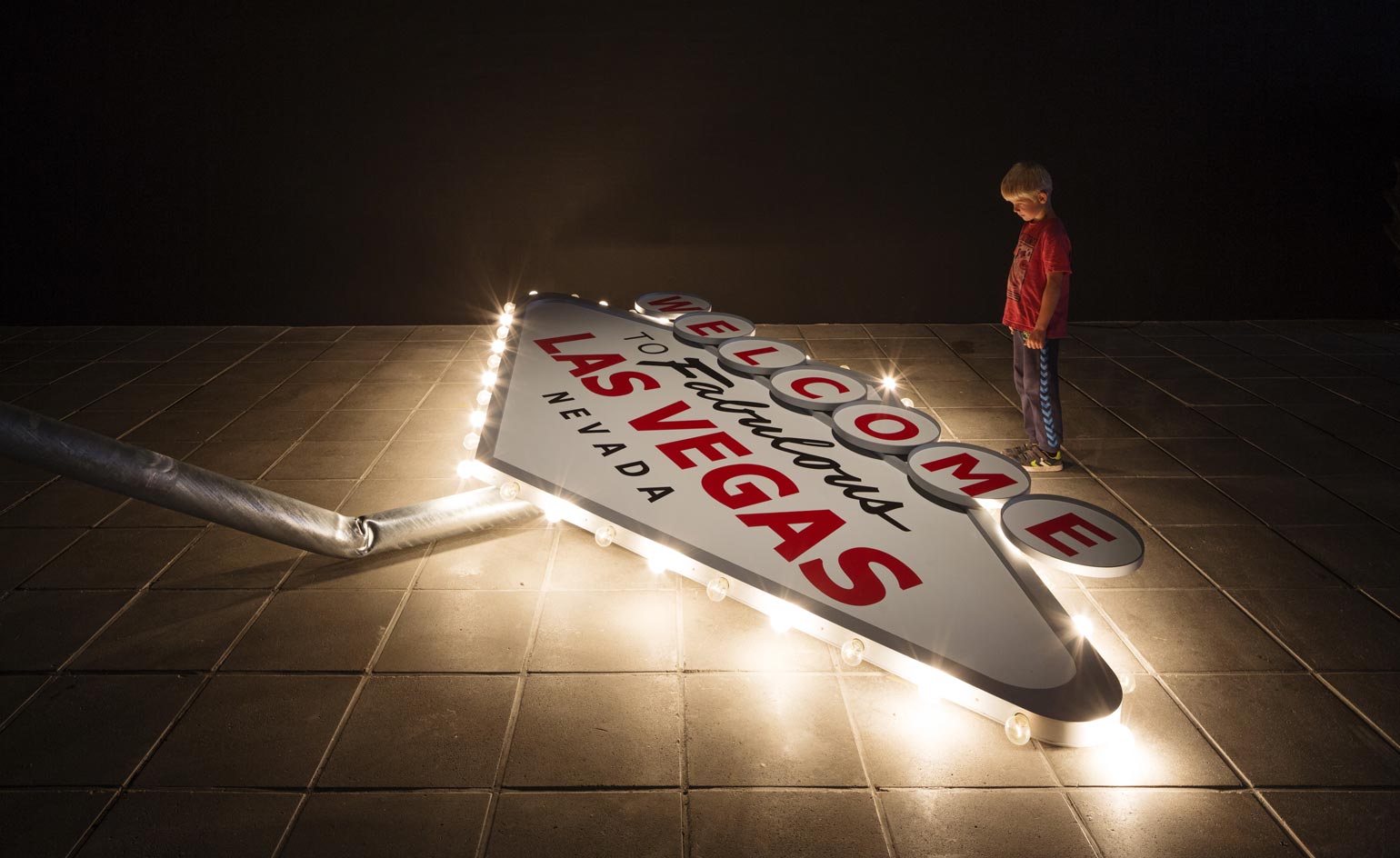
'Welcome', 2014, is one of two new works in the show, which examines notions of loneliness and exclusion in contemporary culture
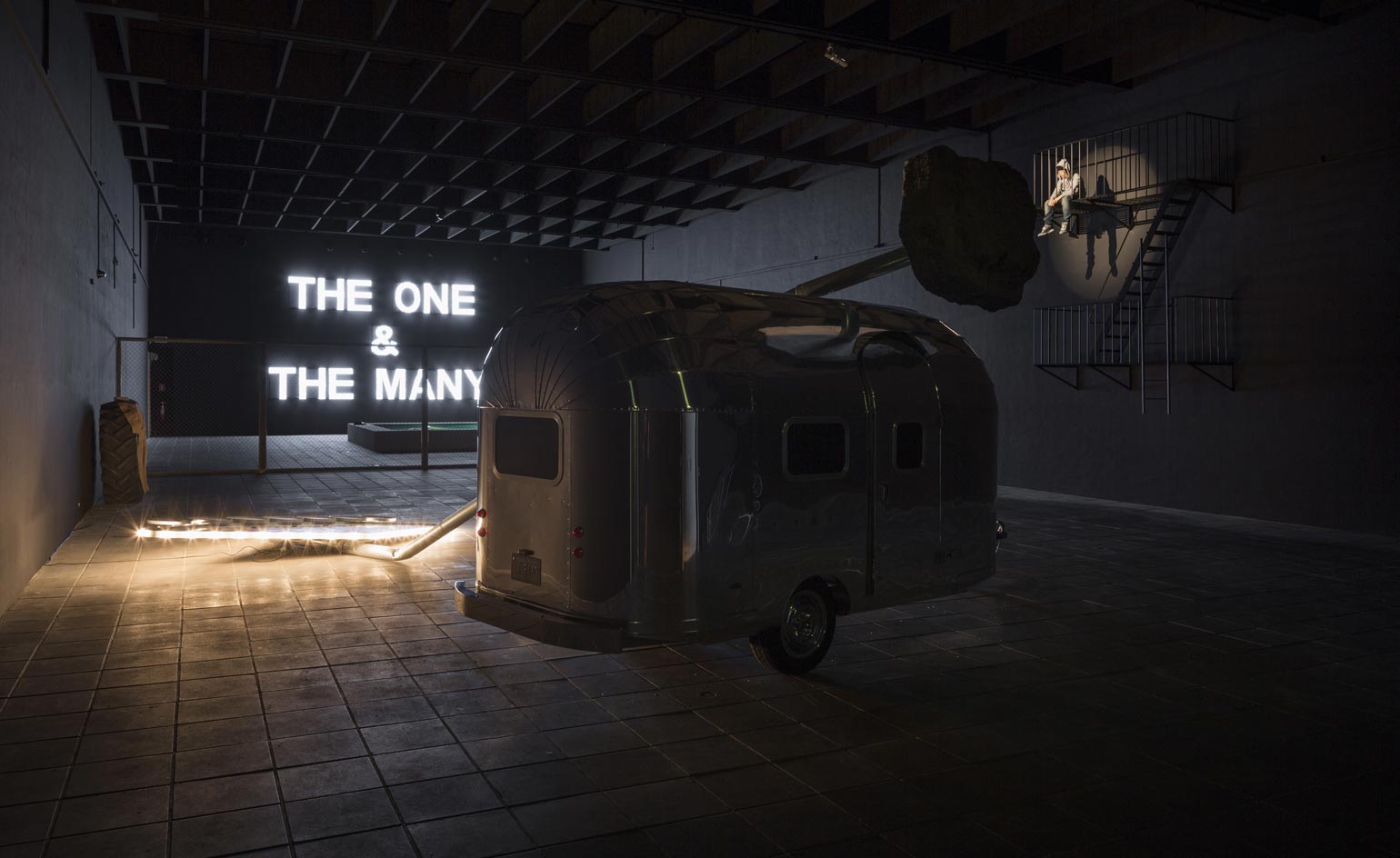
In this dark and vaguely threatening room, the artists aim to portray, says Michael Elmgreen, 'a rough and hostile atmosphere - an alternate version of the American dream.'
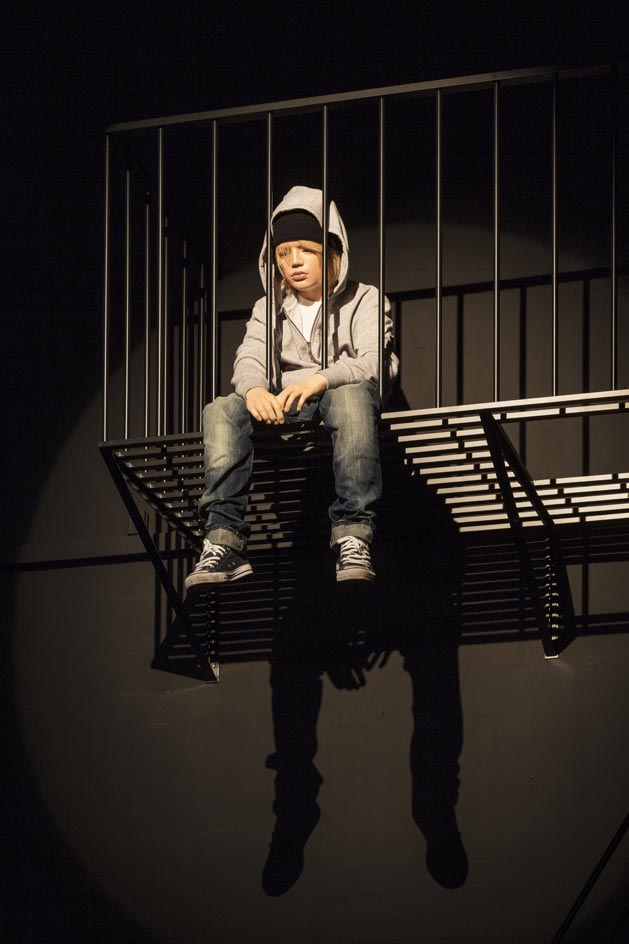
'The Future', 2013
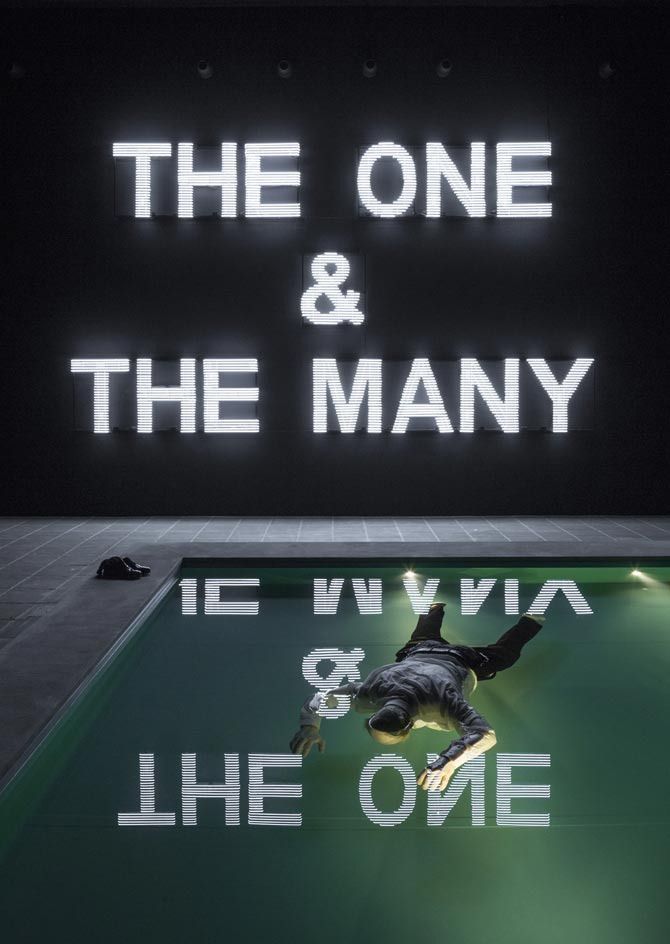
In 'Death of a Collector', 2009, a dead body, rendered in wax, floats in the pool.
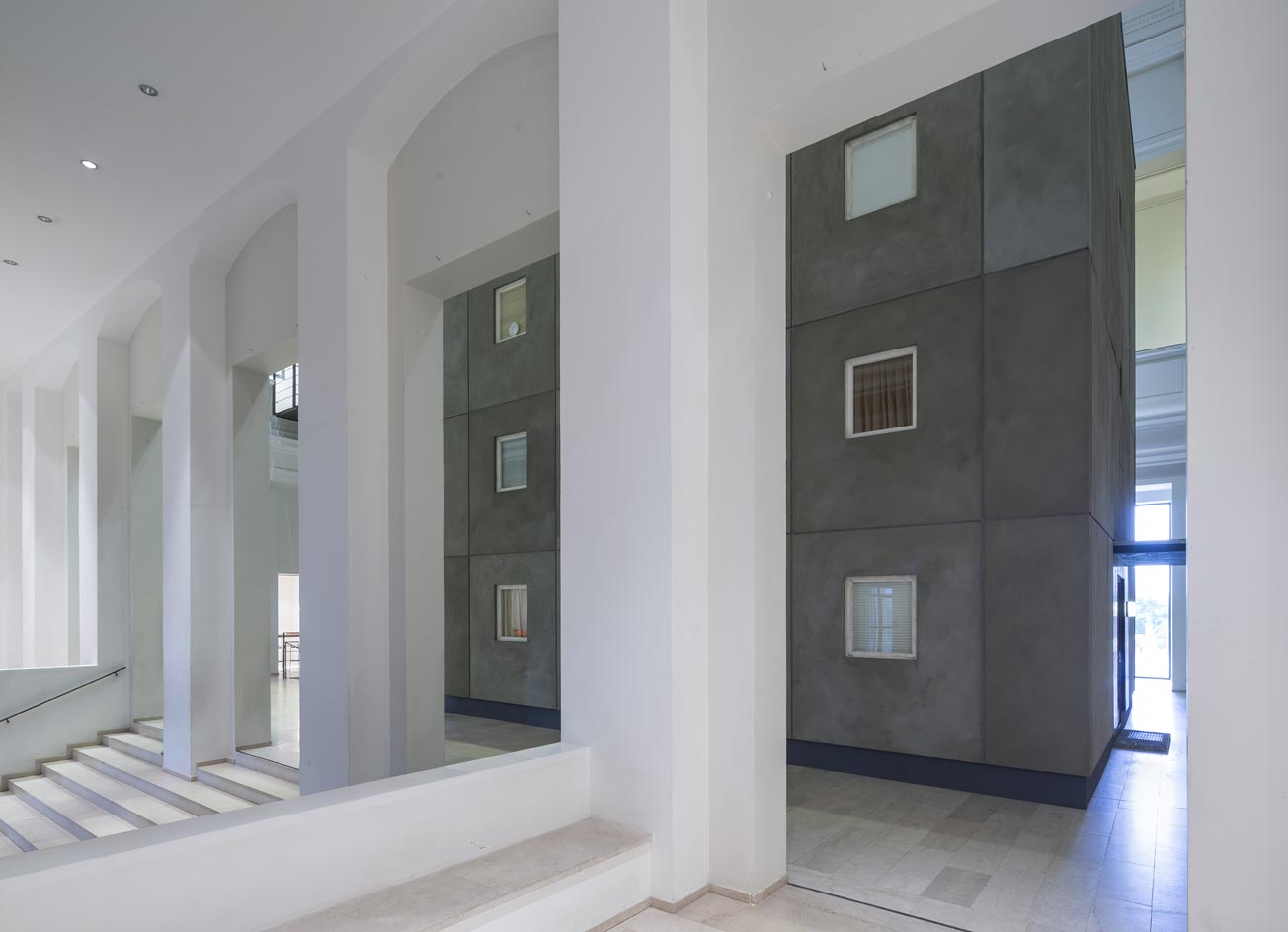
'The One and the Many', 2011. The exhibition takes over the entire ground floor of the museum, which has been remodelled specifically for the show, altering the way visitors interact with the space.

Visitors peek through a peephole in 'The One and the Many', 2011, a life-sized model of a concrete social-housing block.
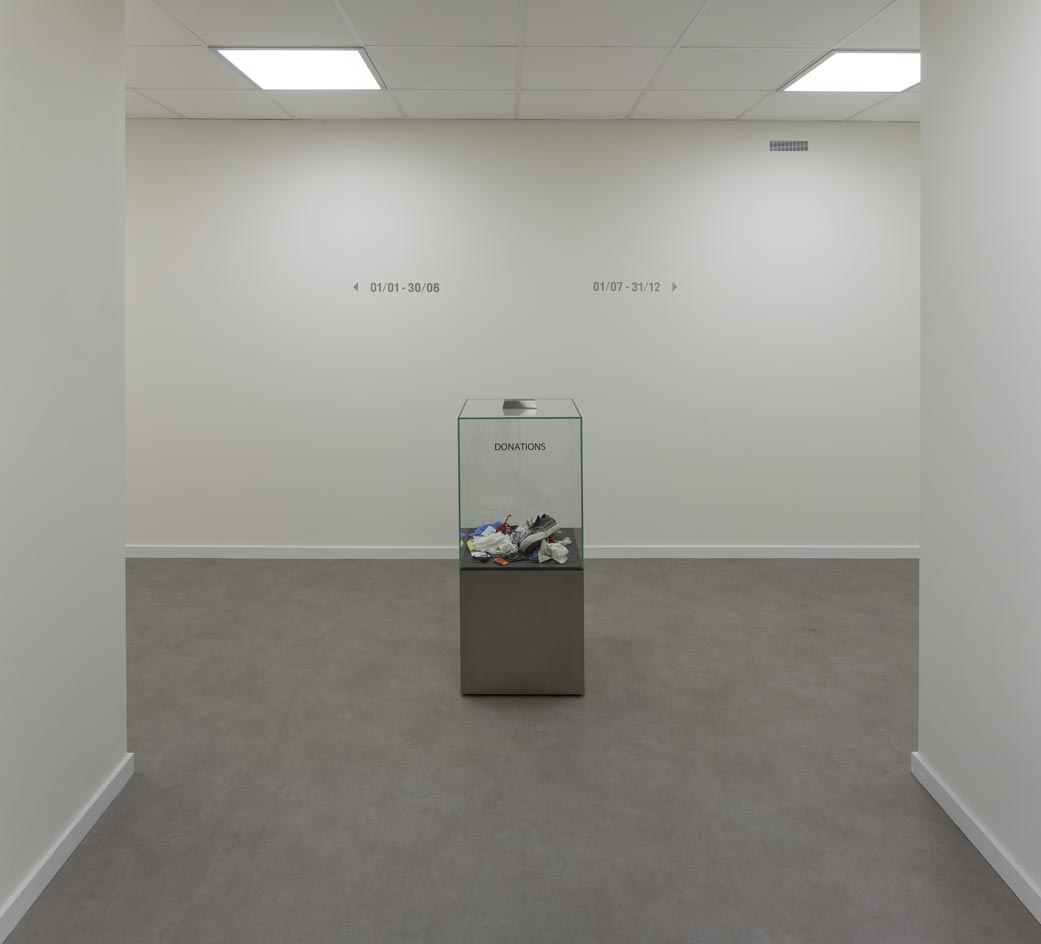
'Donation Box', 2006
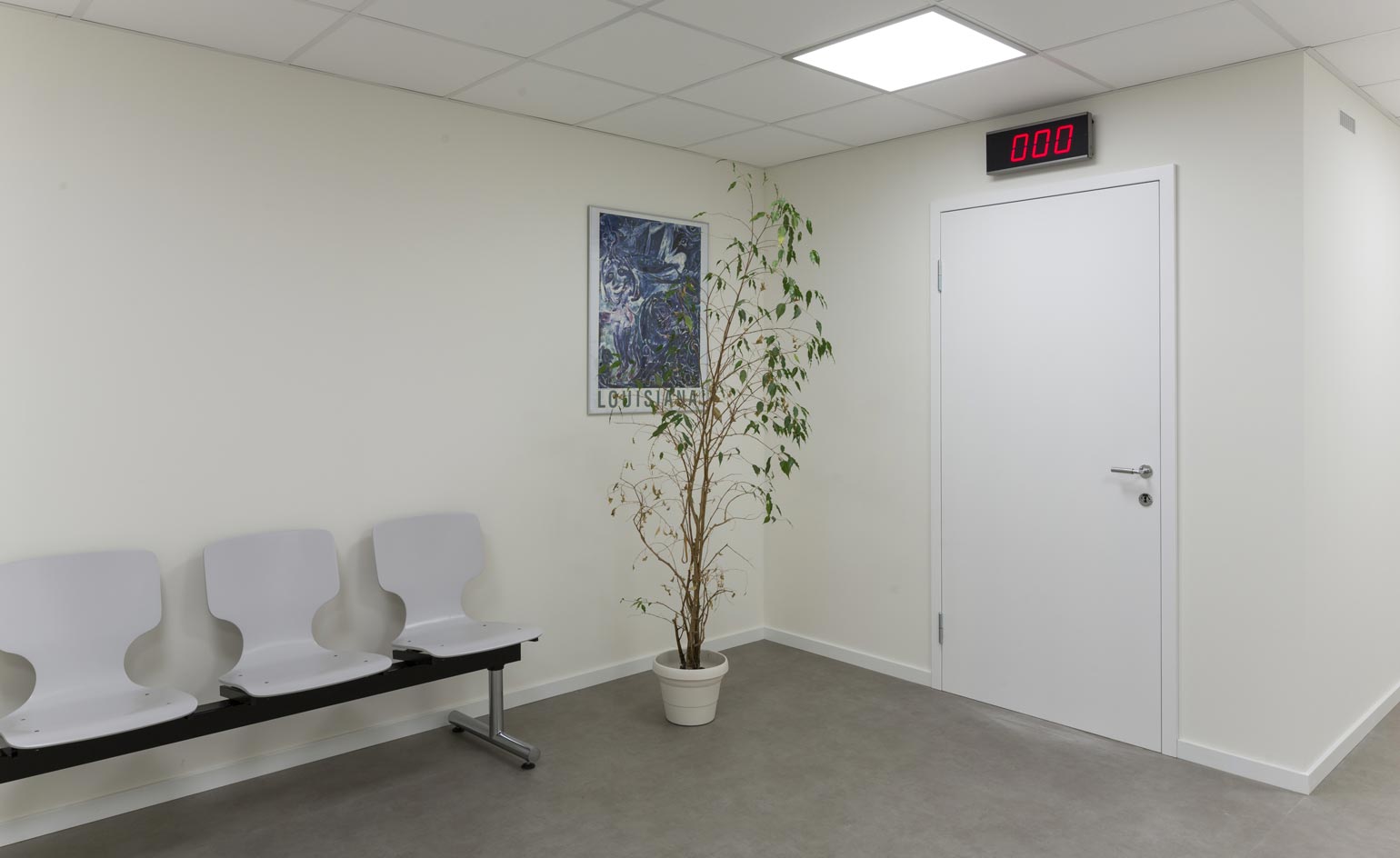
'It's the Small Things in Life That Really Matter, Blah, Blah, Blah', 2006.
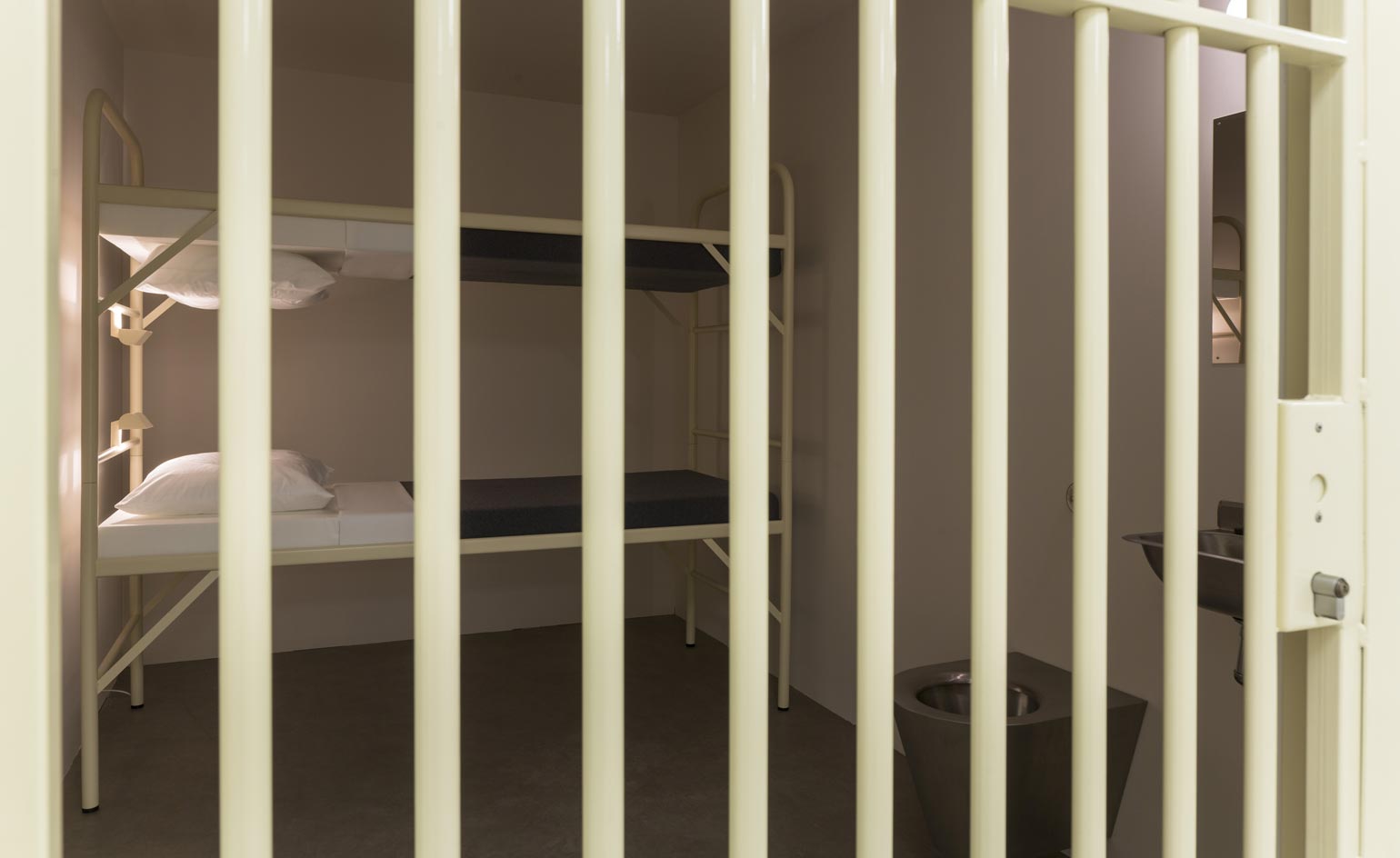
The artists staged a 1:1 recreation of a prison cell, with a twist, for 'Boy Scout', 2008.
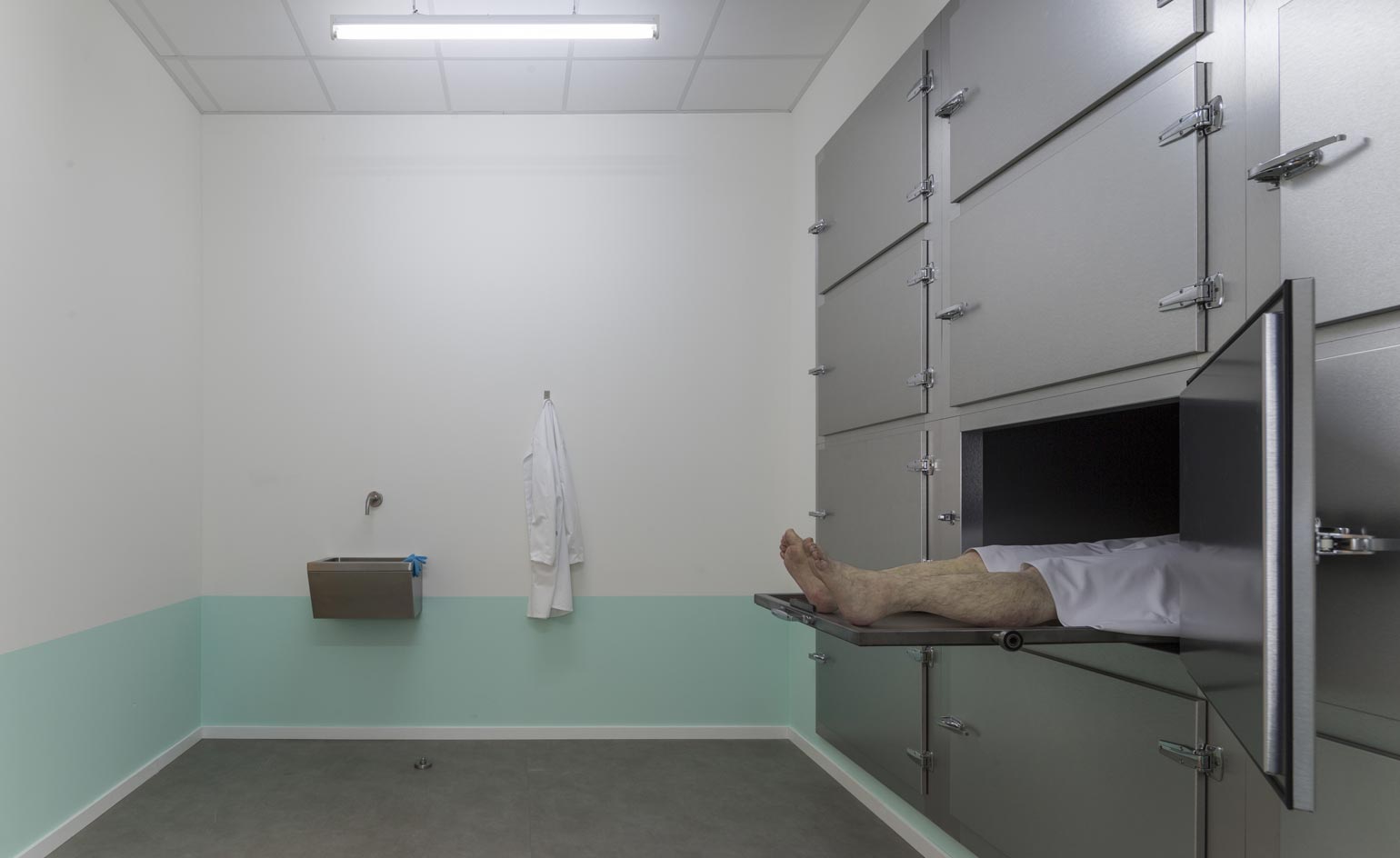
In 'Untitled', 2011, a morgue featuring a dead figure in wax, is meant to present a cathartic moment after wandering through antiseptic hallways and sitting in the waiting room.
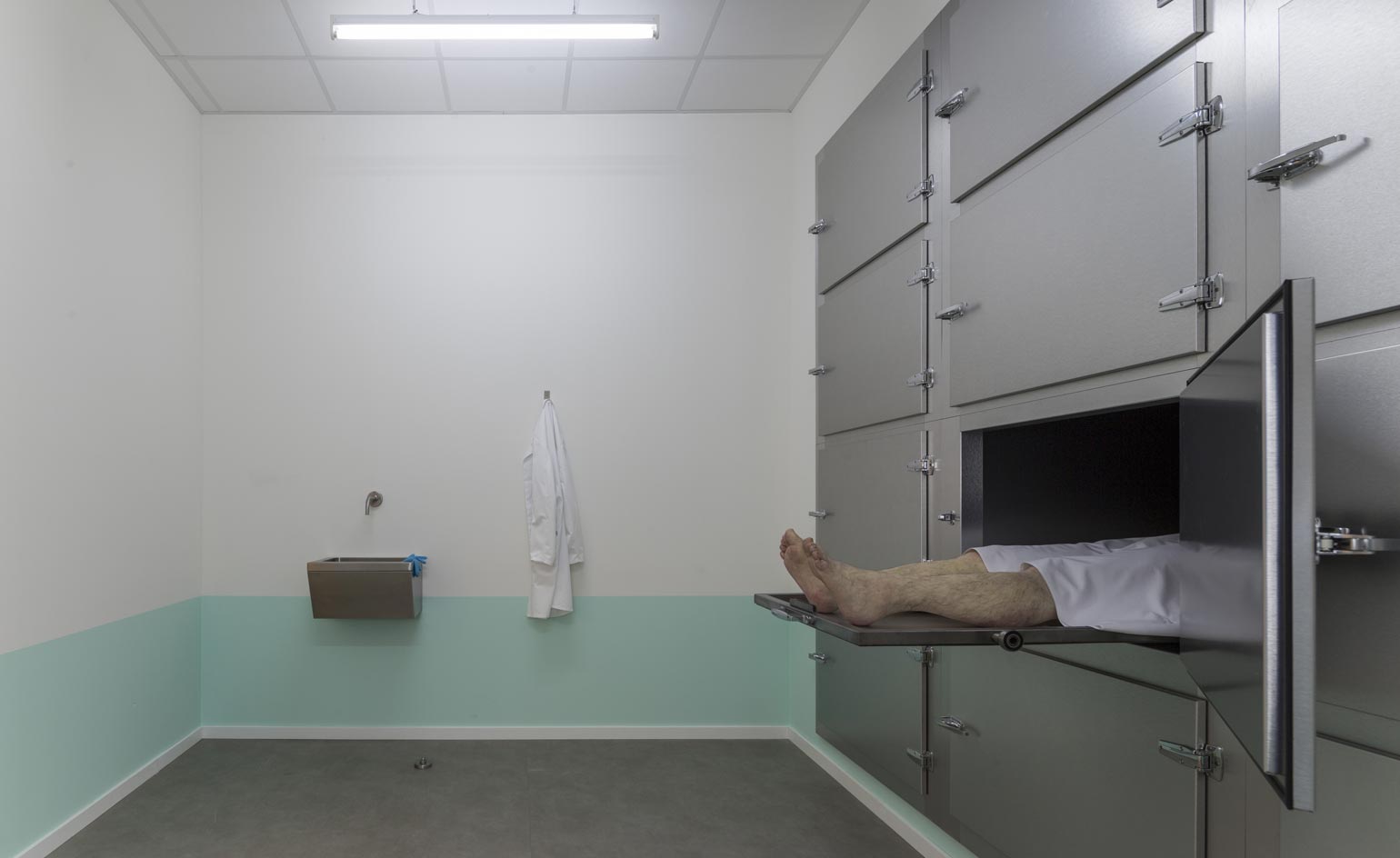
Installation view of 'Biography'.
ADDRESS
National Gallery of Denmark
Sølvgade 48-50
DK-1307 København K
Denmark
Wallpaper* Newsletter
Receive our daily digest of inspiration, escapism and design stories from around the world direct to your inbox.
Based in London, Ellen Himelfarb travels widely for her reports on architecture and design. Her words appear in The Times, The Telegraph, The World of Interiors, and The Globe and Mail in her native Canada. She has worked with Wallpaper* since 2006.
-
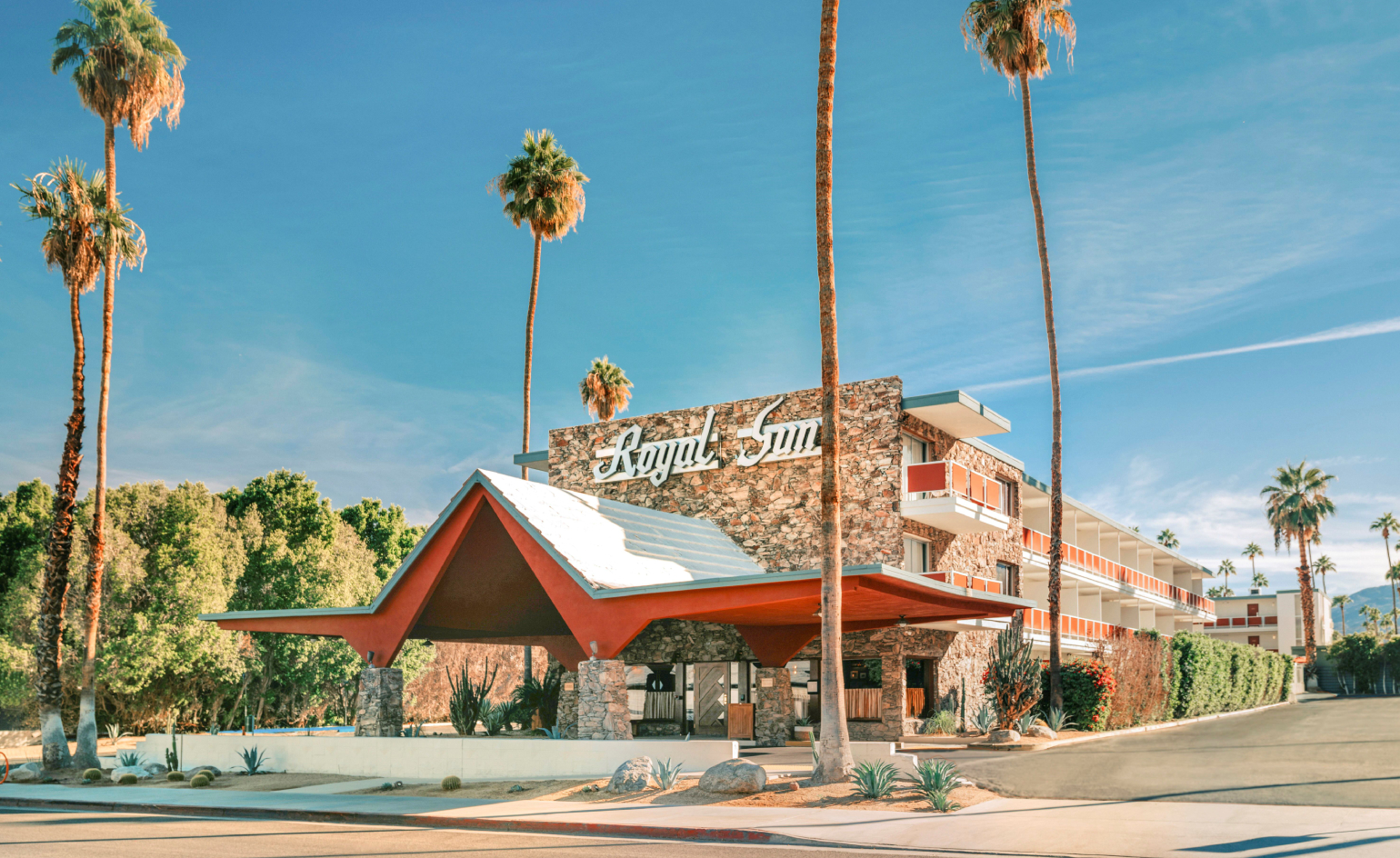 Seven things not to miss on your sunny escape to Palm Springs
Seven things not to miss on your sunny escape to Palm SpringsIt’s a prime time for Angelenos, and others, to head out to Palm Springs; here’s where to have fun on your getaway
By Carole Dixon
-
 Microsoft vs Google: where is the battle for the ultimate AI assistant taking us?
Microsoft vs Google: where is the battle for the ultimate AI assistant taking us?Tech editor Jonathan Bell reflects on Microsoft’s Copilot, Google’s Gemini, plus the state of the art in SEO, wayward algorithms, video generation and the never-ending quest for the definition of ‘good content’
By Jonathan Bell
-
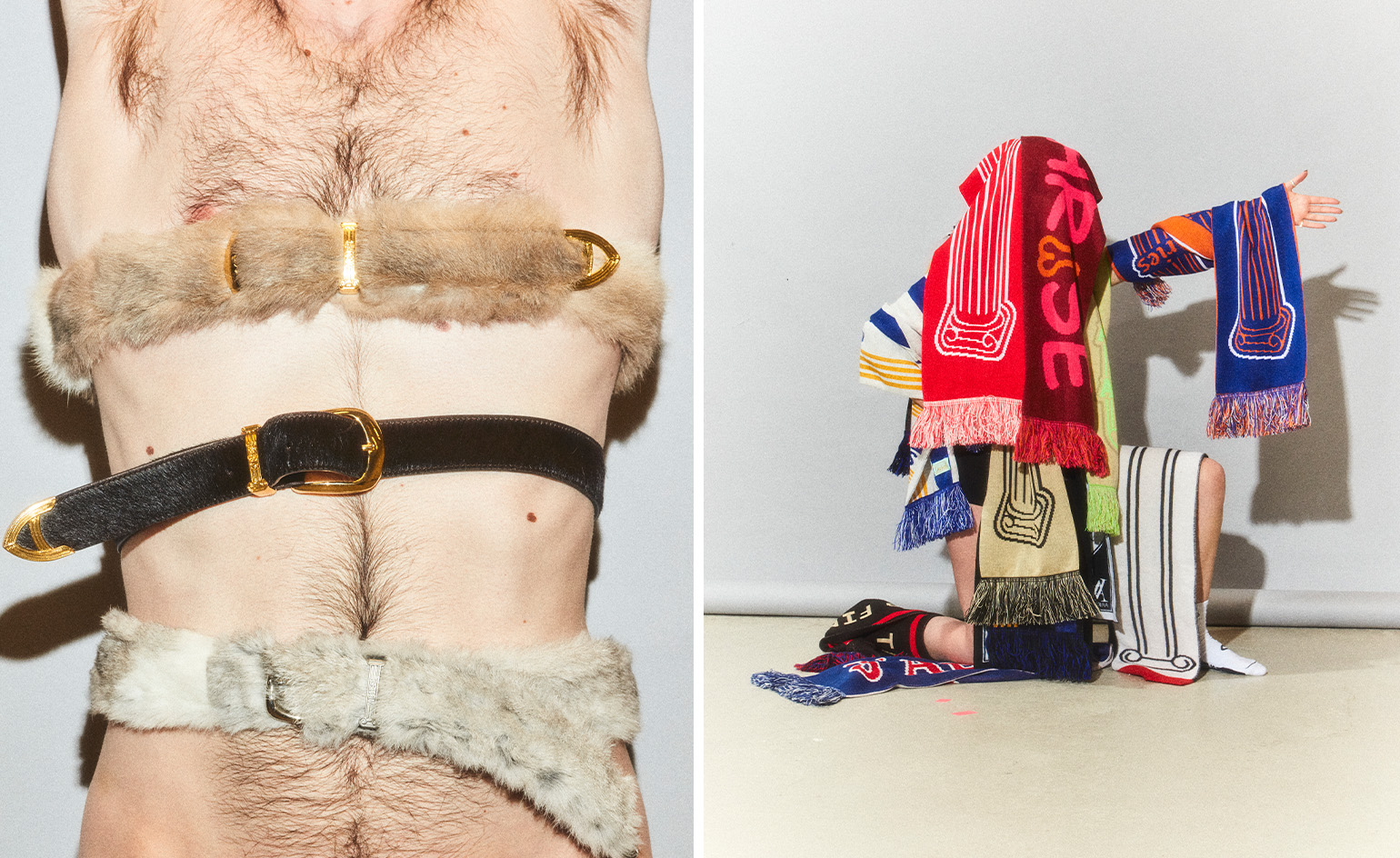 ‘Independence, community, legacy’: inside a new book documenting the history of cult British streetwear label Aries
‘Independence, community, legacy’: inside a new book documenting the history of cult British streetwear label AriesRizzoli’s ‘Aries Arise Archive’ documents the last ten years of the ‘independent, rebellious’ London-based label. Founder Sofia Prantera tells Wallpaper* the story behind the project
By Jack Moss
-
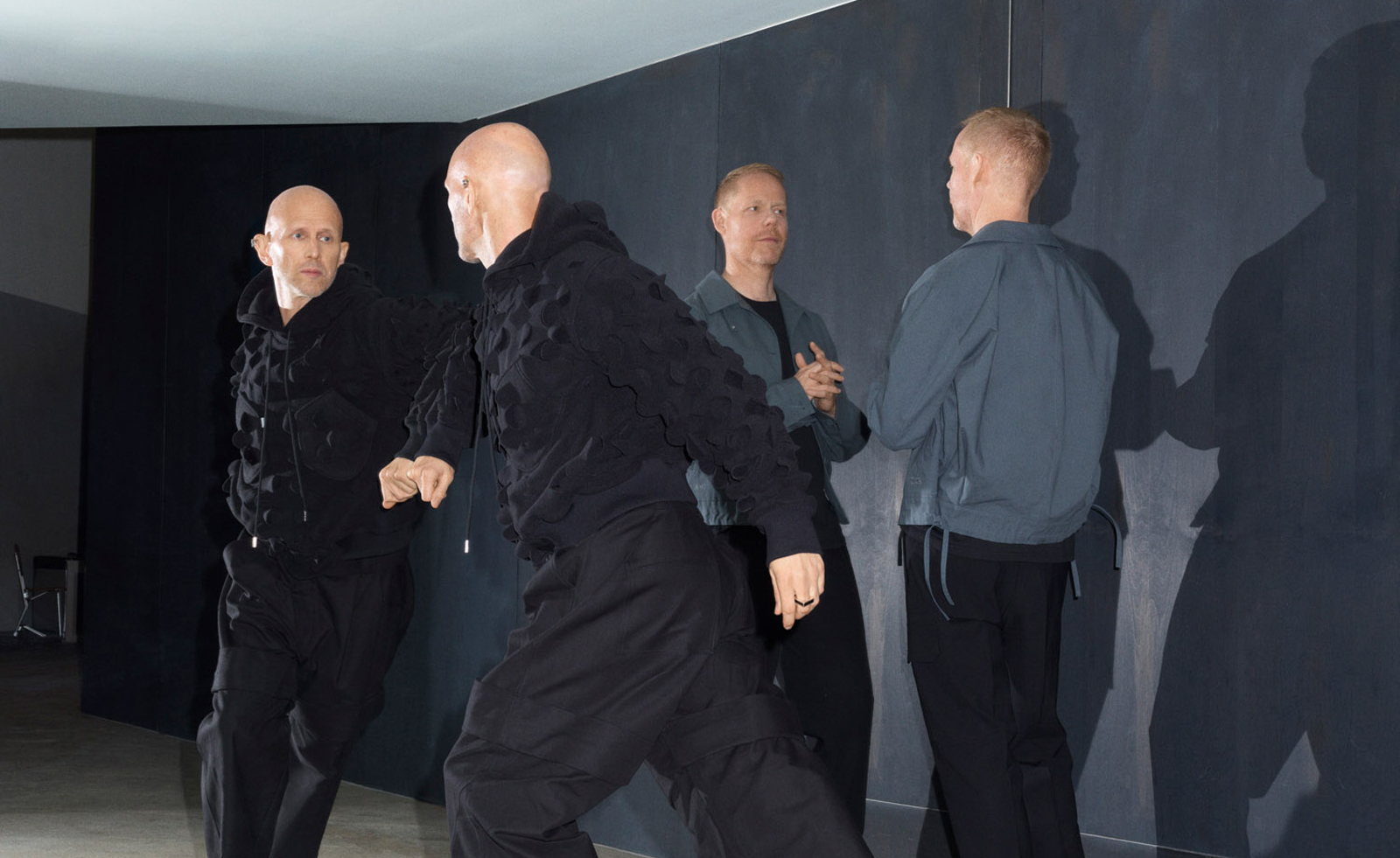 Year in review: top 10 art and culture interviews of 2024, as selected by Wallpaper’s Hannah Silver
Year in review: top 10 art and culture interviews of 2024, as selected by Wallpaper’s Hannah SilverFrom Antony Gormley to St. Vincent and Mickalene Thomas – art & culture editor Hannah Silver looks back on the creatives we've most enjoyed catching up with during 2024
By Hannah Silver
-
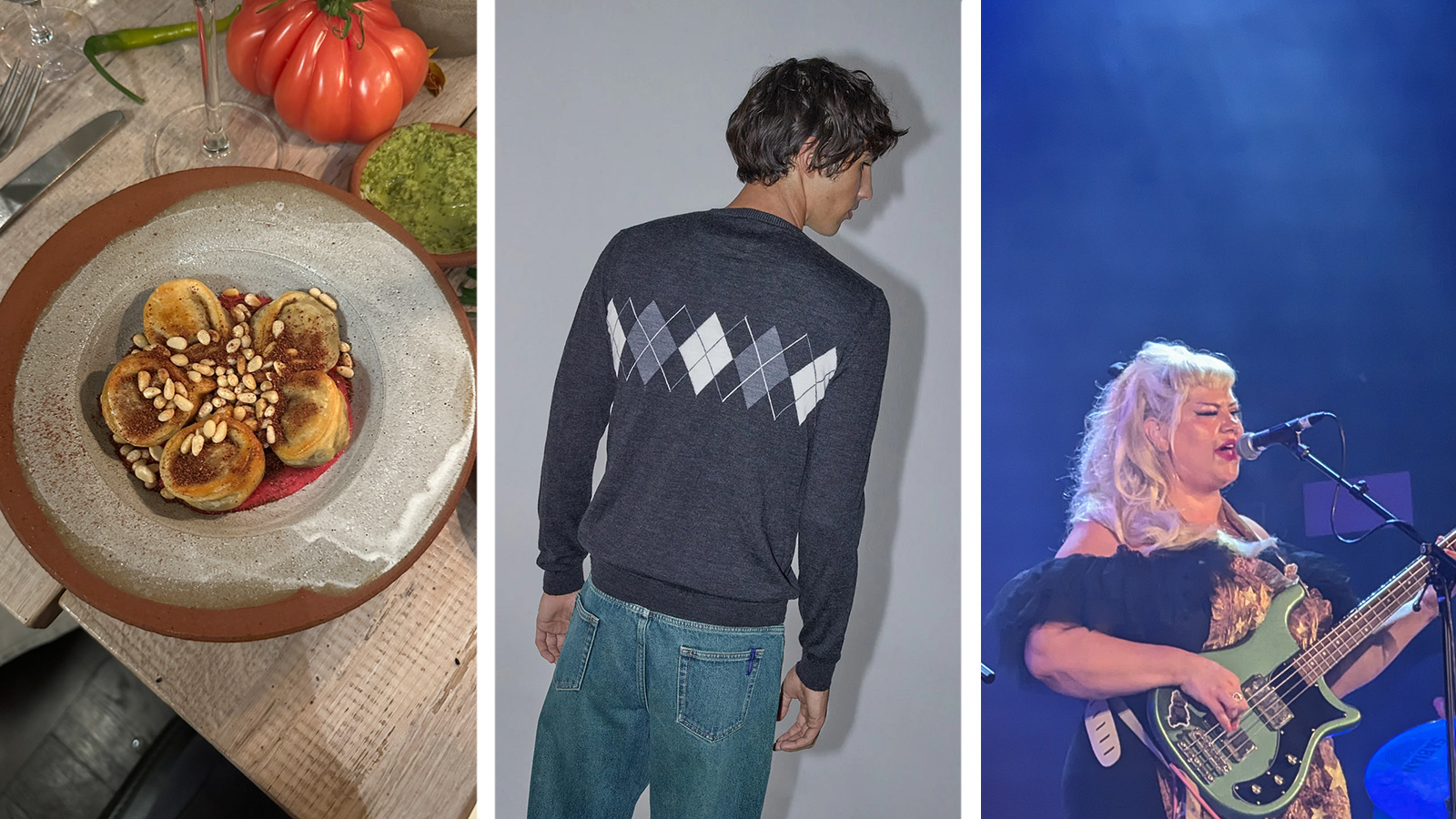 Out of office: what the Wallpaper* editors have been doing this week
Out of office: what the Wallpaper* editors have been doing this weekInvesting in quality knitwear, scouting a very special pair of earrings and dining with strangers are just some of the things keeping the Wallpaper* team occupied this week
By Bill Prince
-
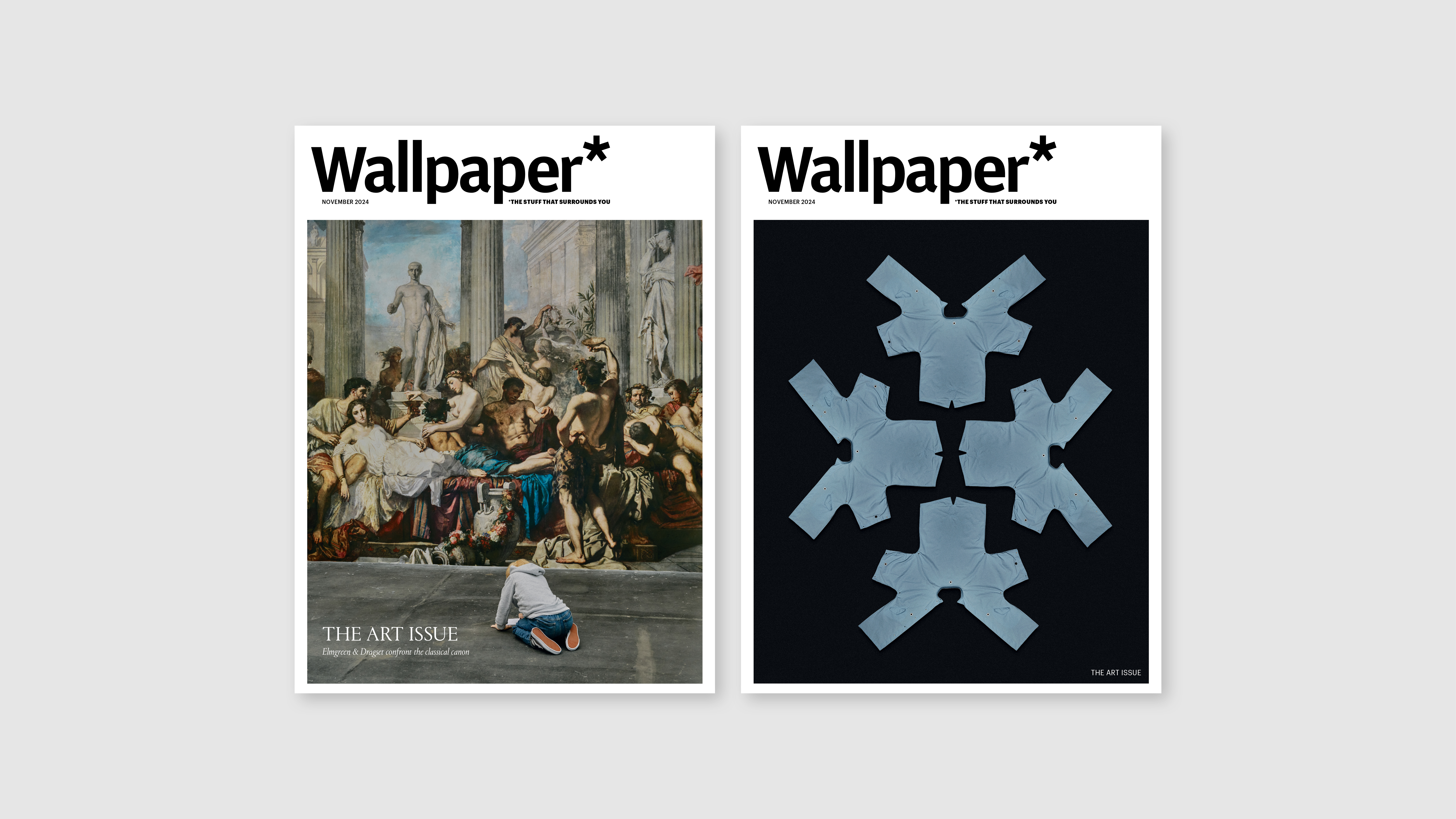 Discover Wallpaper* November 2024: The Art Issue
Discover Wallpaper* November 2024: The Art IssueThe art special is on sale now. Confront the classical canon with Elmgreen & Dragset, get down with LoveFrom x Moncler, and wear art on your sleeve with Christiane Kubrick x JW Anderson
By Bill Prince
-
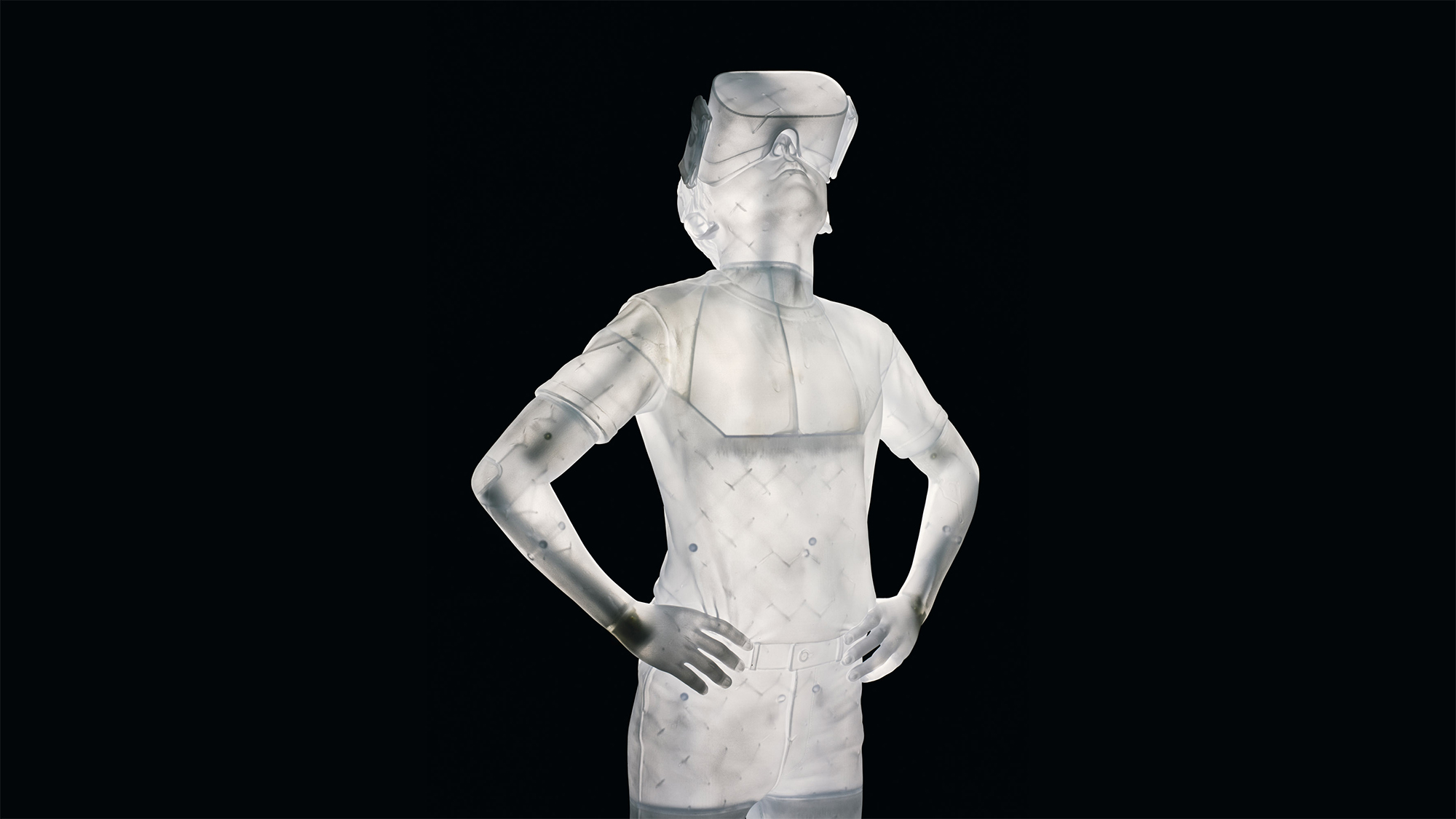 Elmgreen & Dragset explore contemporary masculinity in Paris
Elmgreen & Dragset explore contemporary masculinity in ParisWe visit Elmgreen & Dragset at their Berlin studio ahead of new exhibition ‘L’Addition’ at Paris’ Musée d’Orsay, a subversive take on the classical form
By Hannah Silver
-
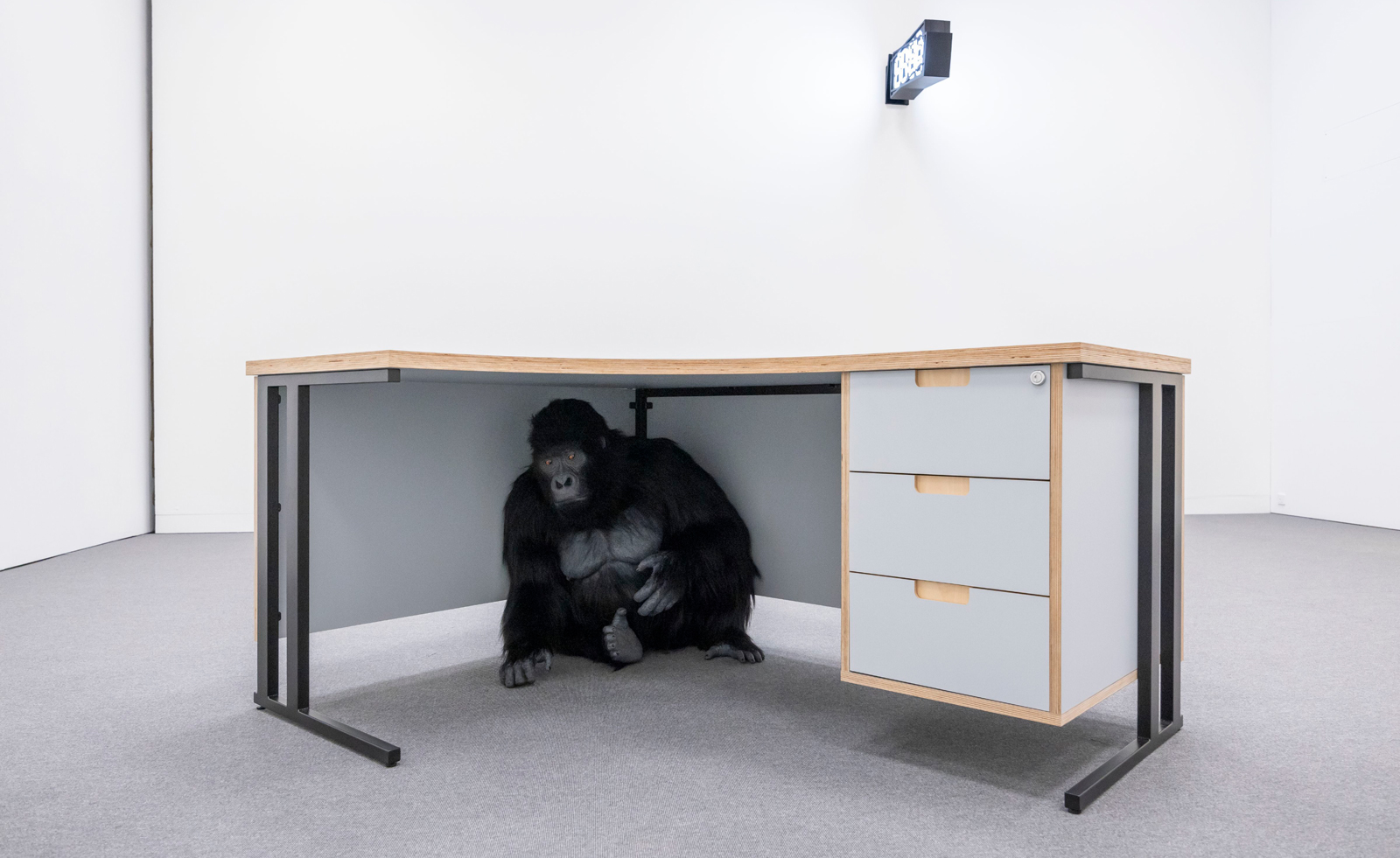 AI and creativity: Louisiana museum considers the human in the machine
AI and creativity: Louisiana museum considers the human in the machine‘The Irreplaceable Human’ at Louisiana Museum of Modern Art in Denmark asks what creativity is in the age of AI
By Amah-Rose Abrams
-
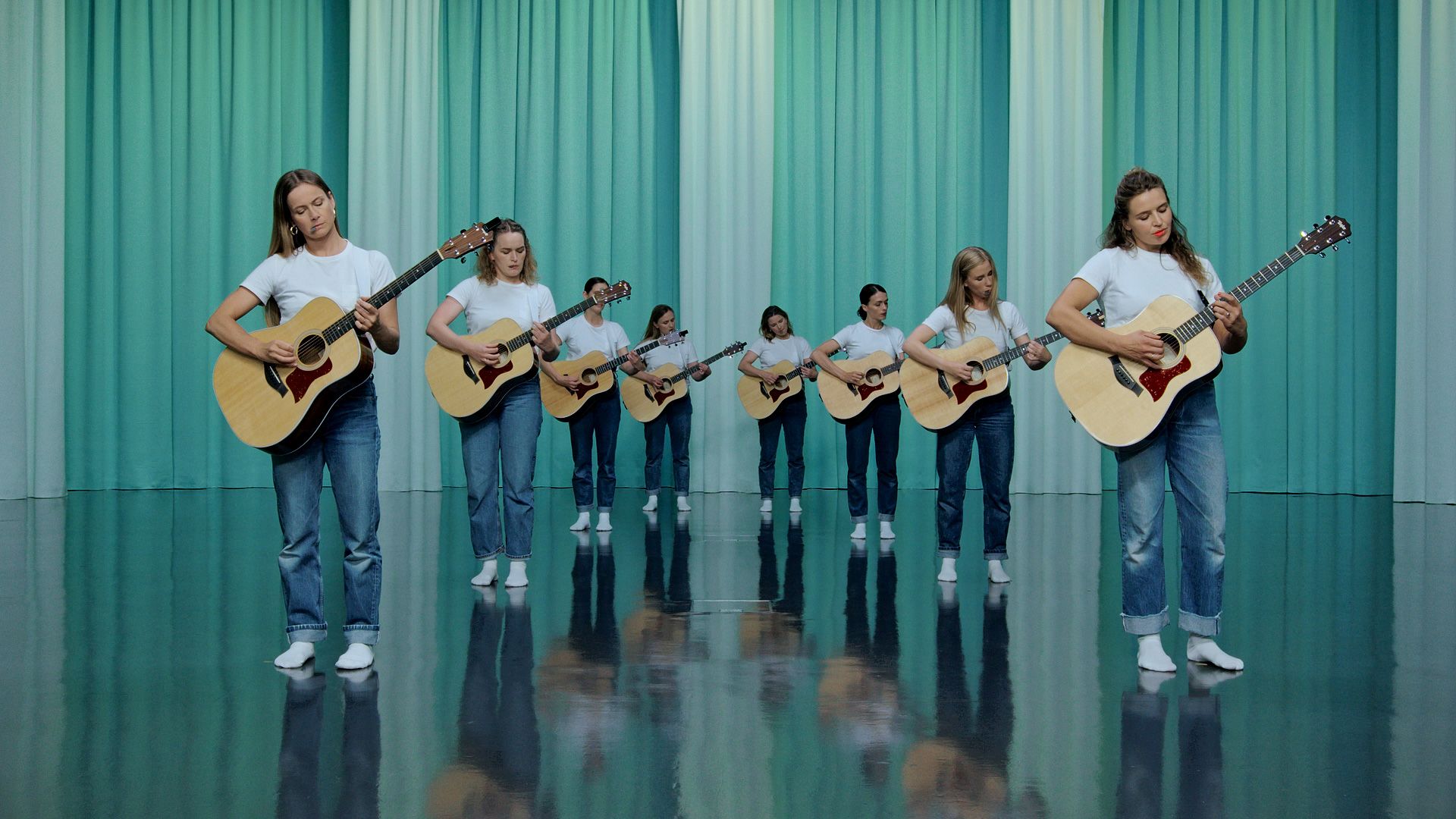 Wallow in Ragnar Kjartansson’s epic riffs on Nordic melancholia at Louisiana Museum of Modern Art
Wallow in Ragnar Kjartansson’s epic riffs on Nordic melancholia at Louisiana Museum of Modern ArtIcelandic artist Ragnar Kjartansson brings his ‘Epic Waste of Love and Understanding’ to Denmark’s Louisiana Museum of Modern Art (until 22 October 2023)
By Alice Godwin
-
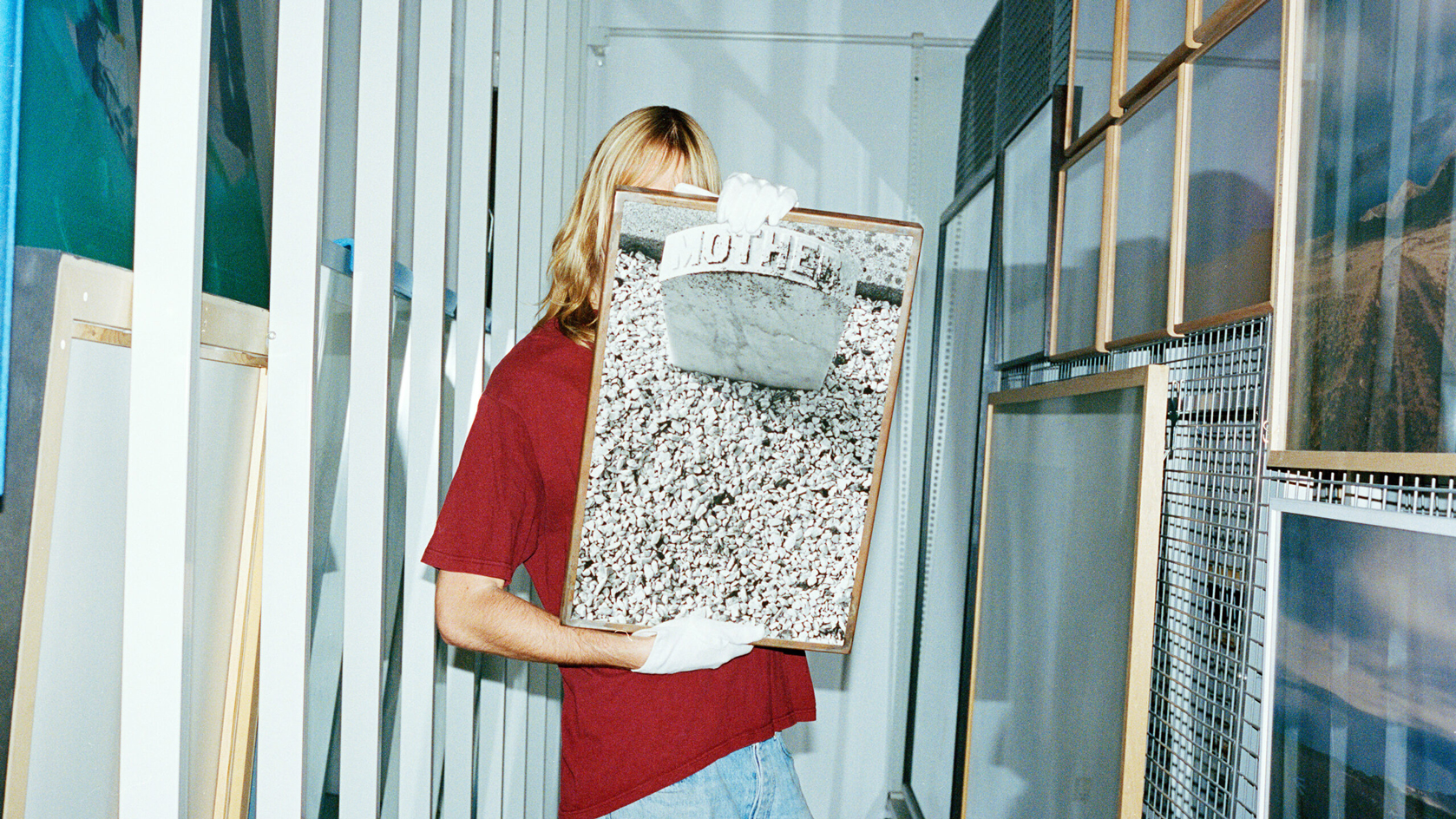 Esben Weile Kjær’s zany tribute to 1990s teenage rebellion
Esben Weile Kjær’s zany tribute to 1990s teenage rebellionArtist Esben While Kjær, a rapidly rising star in the Danish art world, has just unveiled a radically curated show of the Arken Museum for Modern Art’s collection
By Alice Godwin
-
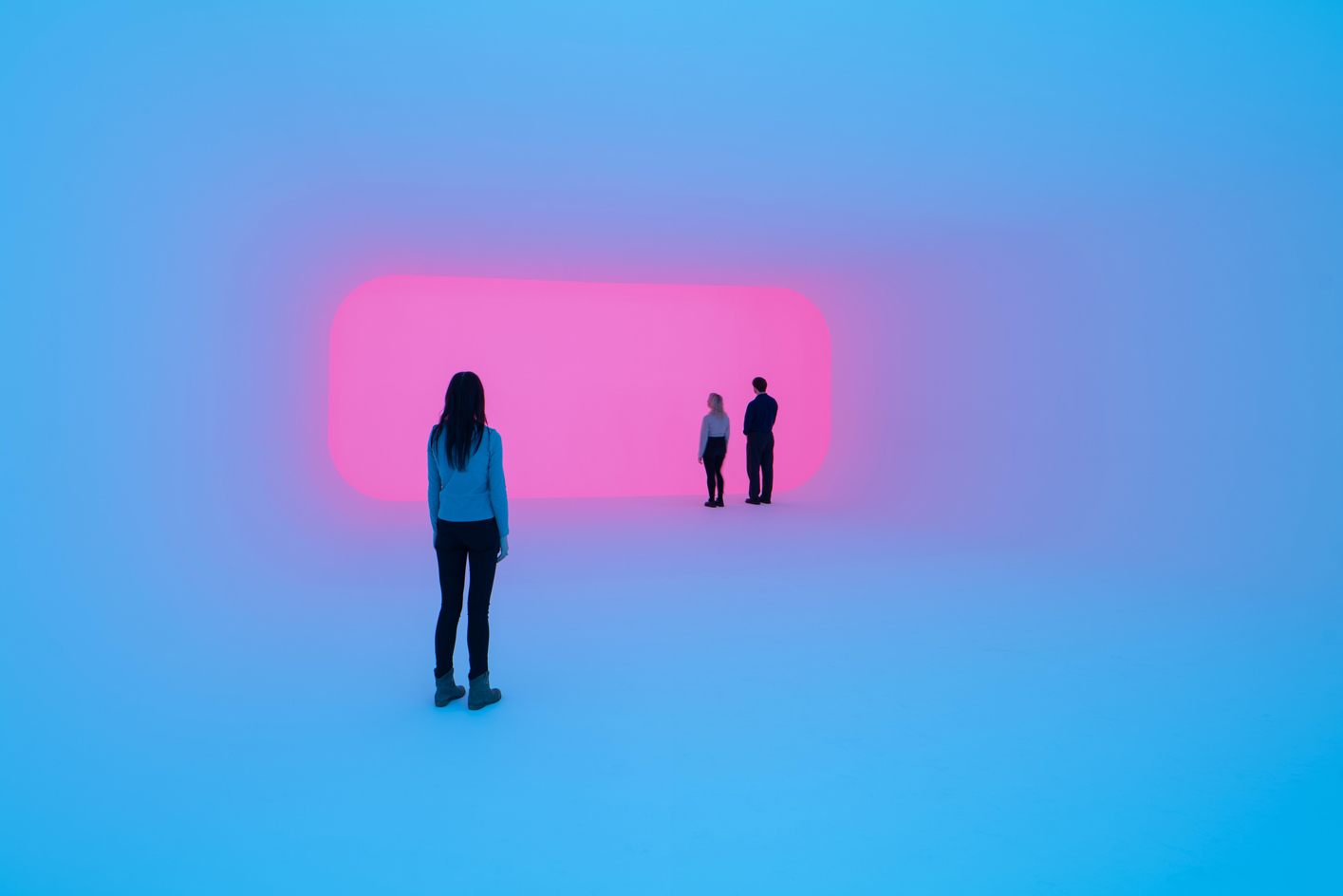 ‘Light & Space’ at Copenhagen Contemporary: ‘moving art without moving elements’
‘Light & Space’ at Copenhagen Contemporary: ‘moving art without moving elements’On view until 4 September, epic group show ‘Light & Space’ explores the past and present of the iconic light and installation art movement. It’s physical, emotional, bodily and disorientating
By Jeni Porter